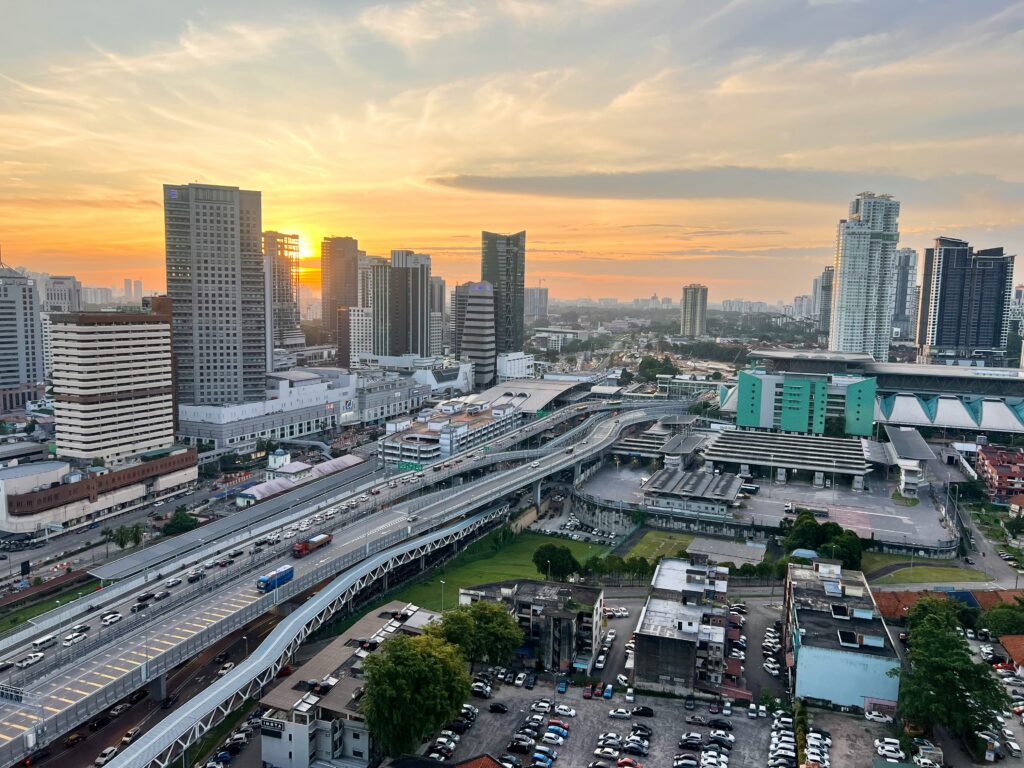
The Singapore Malaysia mega hub is changing the dynamics and development between two countries—and creating unprecedented opportunities for investors.
This integrated ecosystem combines what was once impossible: Johor’s cost-effective scalability, manufacturing muscle, and vast talent pool with Singapore’s global connectivity, financial clout, and innovation power. Three sectors have emerged as prime areas for strategic investment: logistics, tourism, and healthcare.
1. Supply Chain and Logistics
The Old Problem:
Before the mega hub, businesses faced a dilemma. Singapore’s world-class ports came with high warehousing and storage costs, forcing companies to maintain minimal, expensive inventory. Air freight for high-value electronics or perishables was prohibitively expensive. Meanwhile, using larger, cheaper warehouses in distant parts of Malaysia created delays, customs clearance issues, and shipment tracking problems. For automotive parts, bulky furniture, or high-volume goods, neither expensive air freight nor unpredictable land shipping was optimal.
The Solution:
The mega hub combines world-class ports and customs clearance with cost-effective land for storage and affordable services—eliminating the need for expensive air freight or slow, unpredictable shipping. High-value semiconductors, bulky automotive components, and furniture can now be distributed with greater efficiency and lower costs.
2. Tourism and Hospitality
The Old Problem:
Historically, visitors picked one country over the other, creating competition rather than collaboration. The crowded Woodlands Causeway on long weekends made cross-border travel a hassle, preventing tourists from experiencing both Singapore’s MICE and urban attractions and Johor’s leisure getaways.
The Solution:
The Johor Bahru-Singapore Rapid Transit System (RTS) Link shortens the grueling cross-border commute into a reliable sub-30-minute journey. MICE attendees in Singapore can now easily escape to Johor for golf or spa trips. Multi-destination trips combining Legoland Malaysia and Universal Studios Singapore become feasible. Streamlined immigration and shared digital payment systems reduce friction, encouraging tourism across both regions.
3. Healthcare
The Old Problem:
Singapore established itself as a premium global medical hub with excellent treatment and cutting-edge research—but with high expenses. Malaysia offered significantly more affordable care but comparatively lacked R&D and innovation. Patients and investors had to choose one or the other, creating challenges for those commuting between Johor and Singapore who needed regular health monitoring.
The Solution:
The mega hub enables seamless integration supporting high-tech treatment at affordable prices backed by world-class R&D. Regular commuters can now access quality check-ups while reducing medical expenditures, benefiting from both countries’ strengths.
Strategic Investment Opportunity
The Singapore-Malaysia mega hub isn’t just a geographical concept—it’s a transformative economic strategy reshaping ASEAN investment. The seamless integration of Singapore’s global hub status, financial prowess, and innovation with Johor’s scalability, cost-efficiency, and growth potential creates unprecedented opportunities.
Investors and corporations should engage with agencies from both sides now to secure strategic positions in this emerging region.
At Vintage Management, we provide consultation services to business owners who want to take advantage of the Singapore-Malaysia hub. If that’s you, contact us here for a private discussion.
Related Articles
Recent Posts
- Learn from Orchard Road Christmas Light-up
- Thrift Ban at Jakarta’s Pasar Senen: Implications for Indonesia’s Apparel Market
- Hokkaido University 150 Initiative Event
- Lower Blood Glucose with Nature – with Complimentary tasting of Silk Matcha and Protein Powder
- Central Japan Innovation Showcase – A SWITCH 2025 Side Event








